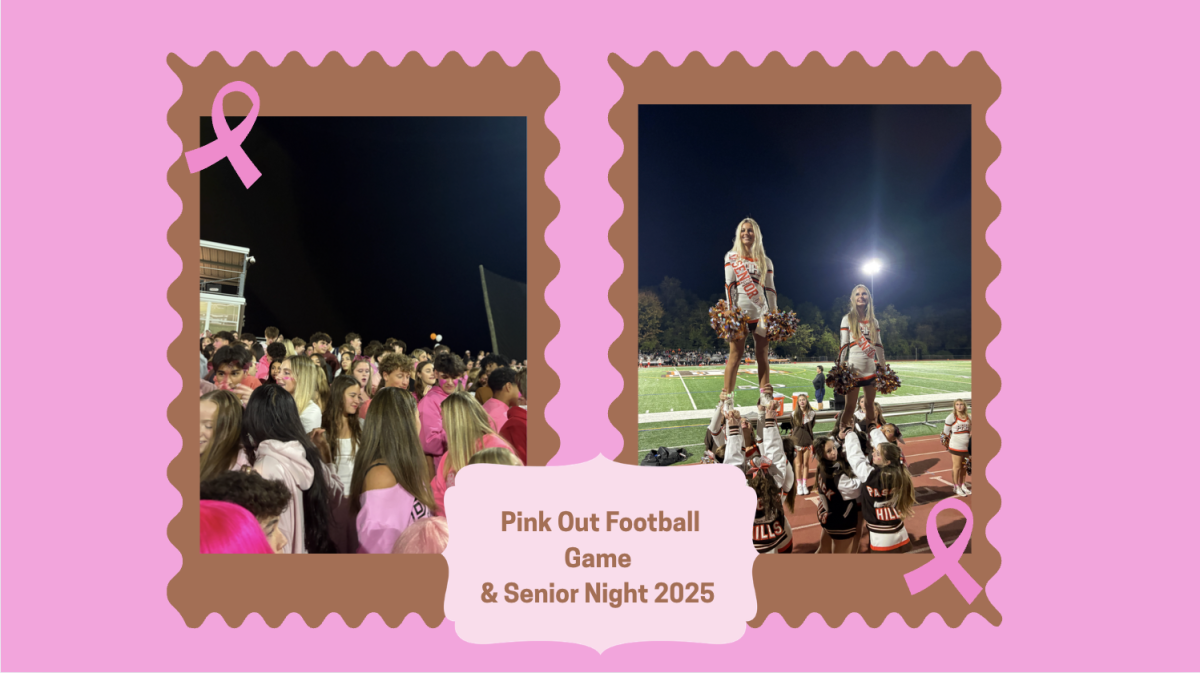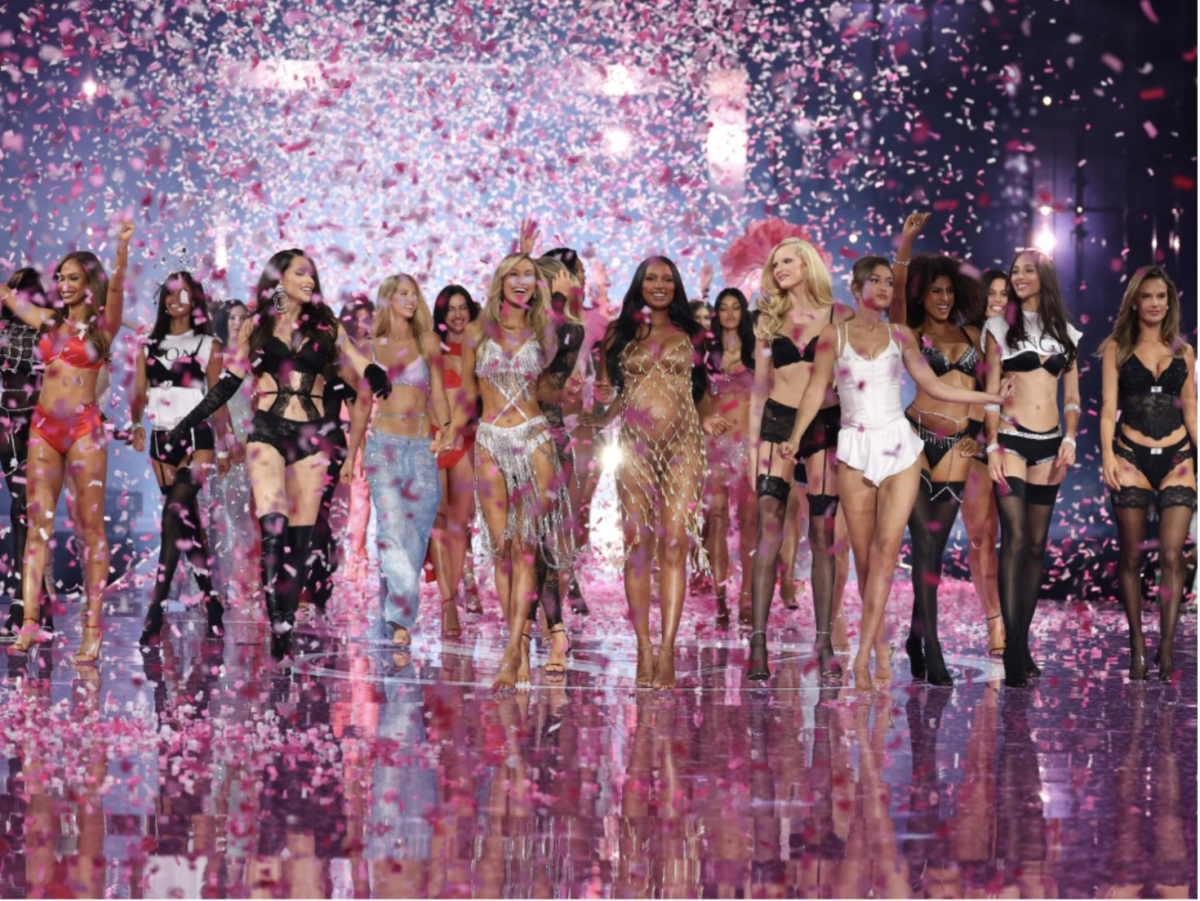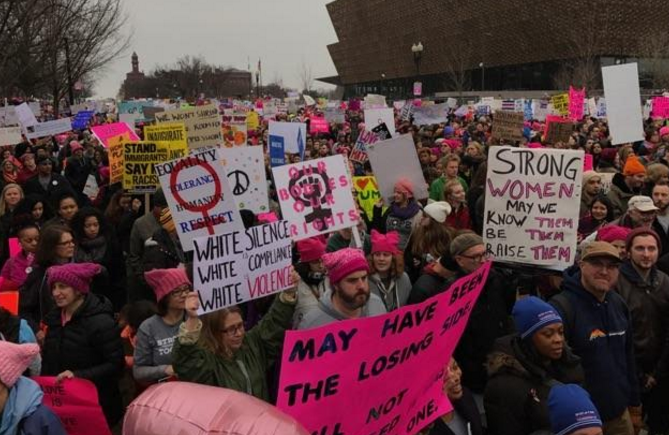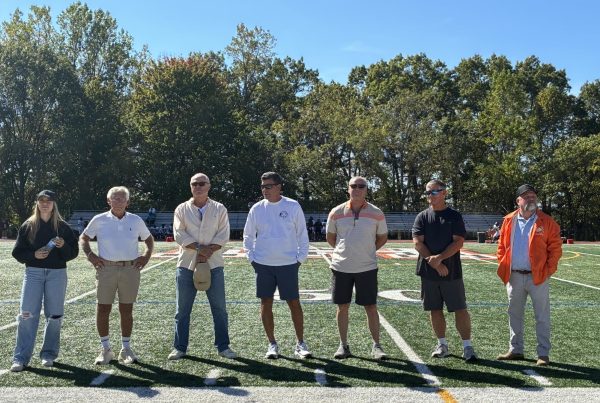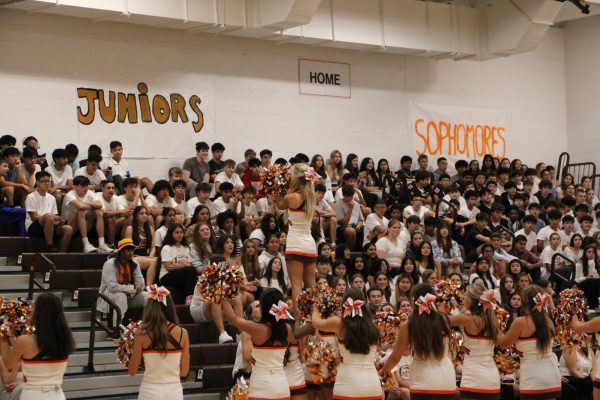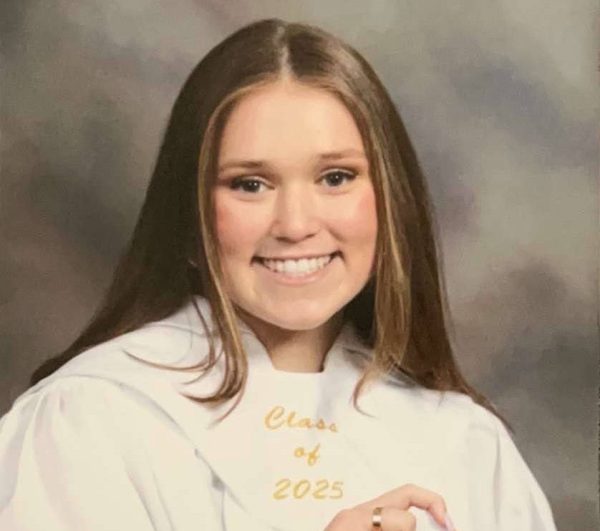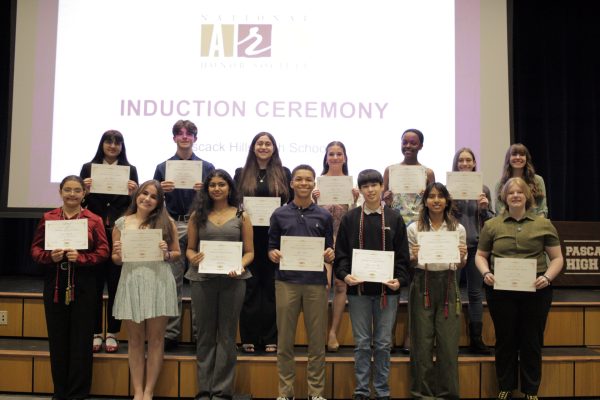“This Is What Democracy Looks Like”: Teachers Attend The Women’s March
By Stephanie Kim
On Jan. 21, among the crowd’s powerful chanting of “this is what democracy looks like,” history was made.
The Women’s March on Washington began at 10 a.m., merely one day after President Donald Trump’s inauguration, spanning the streets between the Capitol Building all the way to the White House. Along with the march on Washington D.C., sister marches sprung up in every state across the United States, as well as every continent throughout the world. Each march, regardless of location, had similar goals: to unite and protest for reproductive rights, immigration, civil rights, LGBT rights, and more, breaking the barriers of race, gender, sexuality, and religion.
Teacher Cindy Wagner attended the historic march in Washington, D.C. last weekend. She was one of the over half a million people who marched for equality at the nation’s Capitol.
“I marched for women’s rights. It seems like we’ve been fighting for these things for a long time. We have made progress, and the fear is that some of the things that we’ve gained is going to be taken away. And I don’t want to see that, for future generations, to go backwards.”
Teacher Shereen Bloom, who was also present at the D.C. march, added, “I am very concerned about this country’s possibility of going backwards,” she said. “I don’t want to see women’s choices limited; I want to see equal pay for equal work.”
To Bloom, what made this march so special was the fact that people from completely different backgrounds had united together for a common interest.
“This was a worldwide movement; this wasn’t just in Washington, D.C. This wasn’t only the United States. You go to all these cities around the world, women and men were marching with the same agendas, with the same hopes and dreams, and that was a ‘wow’ moment.”
Bloom, who had carried a pink sign exclaiming “America is Great!” in bold letters, also emphasized the importance of the younger generations who watched these marches, whether it be through the news or through attendance. She explains why she sees the Women’s March as an important lesson to the youth everywhere, saying, “If you’re not a self-advocate, if you don’t stand up for what you believe in, you’re going to get nowhere.”
Another important reason why many marched was the issue of public versus private schools; with Betsy Devos as Trump’s pick for Secretary of Education, many teachers fear that the public school system is in danger.
Librarian Peggy White cited this as one of the reasons she felt compelled to participate.
She said, “We believe our public schools are well-run, and each student has the right to a good public school.”
In addition to this, White felt that our new President’s own words are reason enough to protest.
“It’s important that we stand up to that negative stereotype that Donald Trump espoused, calling women ‘fat’ and ‘pigs’ and putting numbers on them, ranking them based on looks, saying he is able to ‘grab them’ because he is powerful… It’s a throwback to the 1950s.”
On the march itself, White said, “It was uplifting to see so many like minded people gathered in one place. It was very peaceful, energetic, friendly… The whole idea of participating in our democracy was just a powerful feeling. We feel that Congress can be moved with some of our actions.”
All three women, who attended the march with a small group of teachers, unanimously confirmed that they would march again if given the opportunity, and asserted that they strongly believe that this is just the beginning.
Wagner, who had crocheted the signature pink hats for the group to wear to the event, stressed, “It was a great event that brought people together, but we have to keep this momentum going, to keep up this pressure to make sure that the government continues to hear us.”
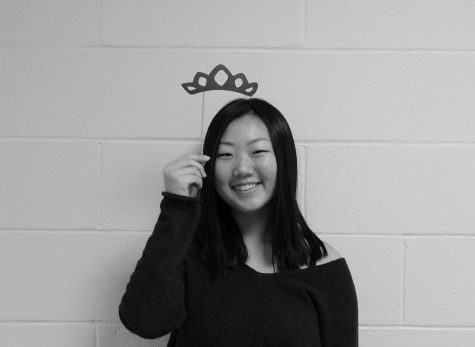
Stephanie is a sophomore at Pascack Hills, and writes for the current events section. She plays on the girls' lacrosse team, participates in Model U.N, and is currently working on setting up a new club for the upcoming school year. Her favorite subjects in school are English and history. Outside of school, she enjoys spending time with her friends, taking photos, and watching Netflix. She is interested in social issues, and loves writing about them.













